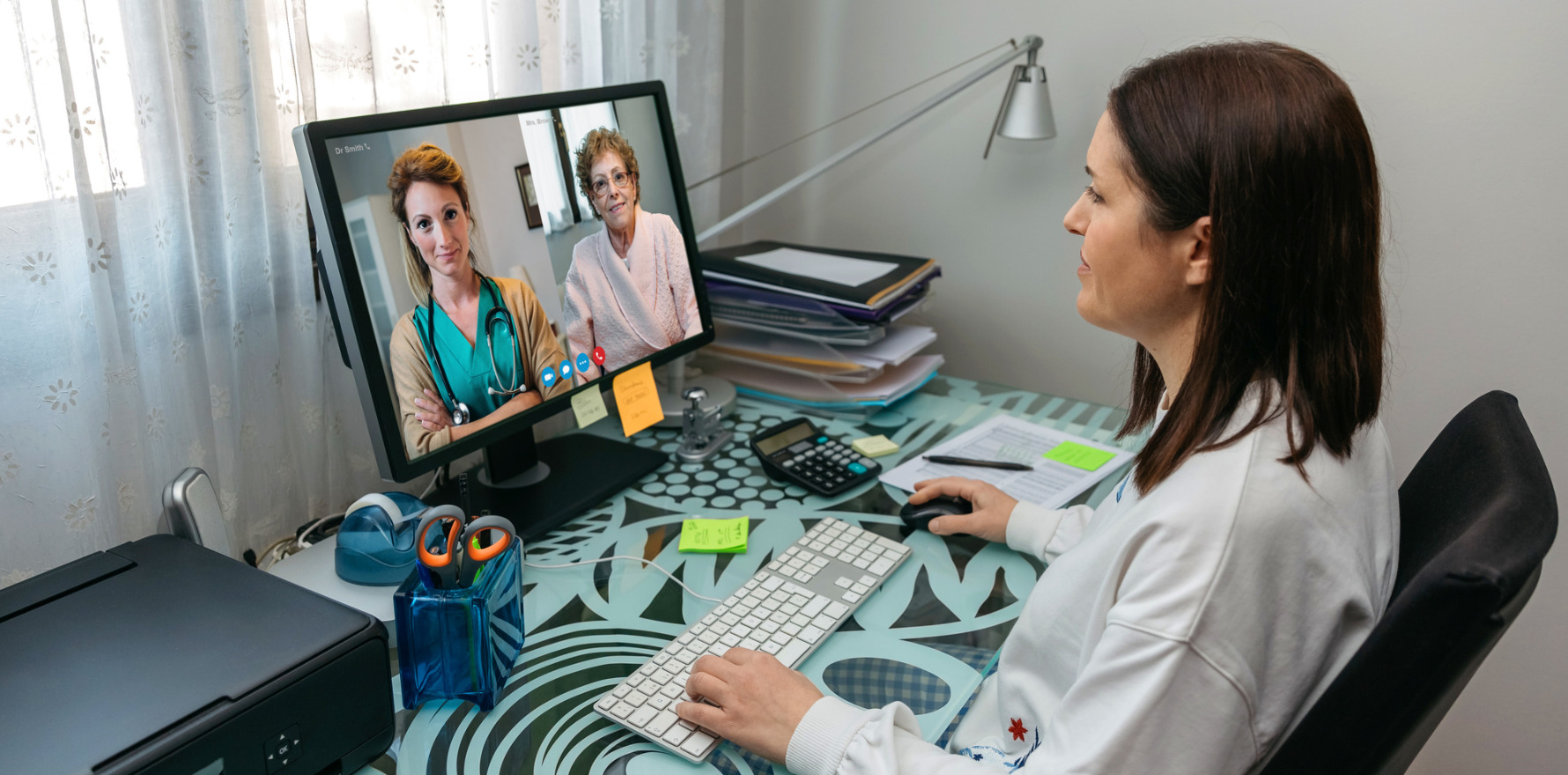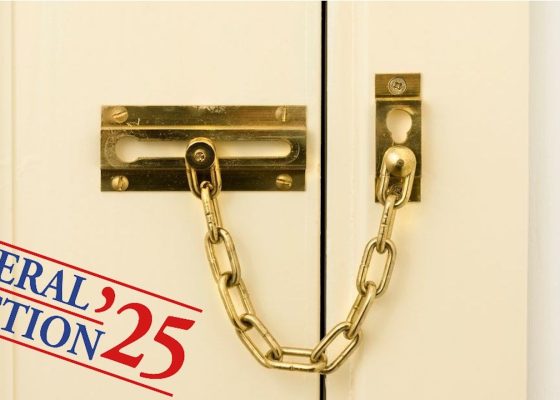PHNs and Healthdirect have done a surprising amount of work to connect aged care to upstream virtual care services, but discontinuity in policy and funding settings could still inadvertently strand both projects.
Aged care has been notoriously stranded from key elements of the upstream healthcare system, in particular general practice and hospitals.
This has mainly been as a result of an eclectic array of legacy digital platforms which are not cloud enabled and therefore not easily interoperable with outside services, combined with a lagging policy agenda which is only now realising the ramifications of connecting the sector properly to the rest of the healthcare system digitally.
Faced with the monumental task of working out how to connect a sector that has traditionally been so digitally backward, the Department of Health, Disability and Ageing has, in the last couple of years, taken a two-pronged approach.
At the very top it has begun wholly reorganising how it talks directly to aged care facilities and to users of the aged care system themselves with a complete revamp of the My Aged Care portal into what it is calling its digital transformation suite – an updated, more functional My Aged Care Portal and a new online integrated assessment tool for end users, a government provider management system and a vendor to government gateway for better development of technology by local vendors.
All of this is meant to synch to the upcoming legislation for aged care reforms due on 1 July.
But as big and important as this program is none of it has done much for the coalface problem of connectivity faced by most residential aged care homes when dealing with a resident who needs more care than the RACH is immediately able to provide, but often does not need an ambulance to go to hospital.
In this area the government has, behind the scenes, funded two initiatives in the past 18 months, both of which have offered surprisingly immediate potential upside for RACHs in dealing with this important day-to-day issue.
The first is a PHN-funded project to land the right technology for RACHs to be able to connect effectively to the outside world when they need to.
Related
This was called the Telehealth in Residential Aged Care Facilities program and over a very short period it resulted in more than 500 RACHs around the country having sophisticated hardware which trained nurses or other staff could use to connect to local outside upstream services such as GPs or even hospital EDs.
The second was the funding of the extension in September last year of a Healthdirect pilot called Residential Aged Care Homes Fast Track path to allow RACHs to access telehealth GP services after hours.
The pilot is only so far in partnership with three PHNs – Western NSW, Healthy North Coast NSW and Country to Coast PHN in Queensland – so it has a focus on rural, regional and remote access.
Both the telehealth program, the Healthdirect pilot and telehealth aged care program are aimed directly at reducing avoidable ambulance call outs and attendance at emergency departments caused by a lack of access to the right services by aged care facilities.
The Healthdirect program also has a path to virtual nurses for assistance when a care home doesn’t have that service on site.
Both programs hold huge immediate potential to solve what is a key issue for both the aged care and the hospital sector in a relatively smart and inexpensive manner. But both programs also face issues of potential discontinuity of funding settings and potentially of policy as well.
A key issue for the PHN-funded telehealth program is that so far, despite the widespread and rapid deployment of great technology across the country, the funding from DoDHA has been one a one-off injection which hasn’t contemplated properly training of RACH staff in the use of the technology, ongoing software platform costs and monitoring and assessment of the worth of the installed technology.
Healthdirect’s pilot faces the usual issues of funding for scaling across PHNs if the pilot proves out the value of the initiative: as with the telehealth program PHNs need the funding (and perhaps the direction) from DoDHA to expand the program.
In the meantime, DoDHA has funded Medibank and Amplar to run a pilot to test settings on virtual nursing services to RACHs for $31 million.
Notably this pilot will only be engaging 30 RACHs across the country (at about $1 million per facility over two years), whereas the telehealth project already has installations in 500 RACHs, and the Healthdirect pilot across three big regional PHNs, is likely reach over 100 RACHs.
If you are interested in how the sector might best reconcile all these initiatives into something with immediate potential to impact the overall connectedness of the aged care sector then join Julie Sturgess, CEO of Country to Coast PHN, Bettina McMahon, CEO of Healthdirect, Dr Paresh Dawda, CEO of Prestantia Health, and Joshua Mundey, CEO of Visionflex on our free webinar tomorrow at 11am to discuss the possibilities.
You can register for the webinar free HERE.
Hope to see you there.




